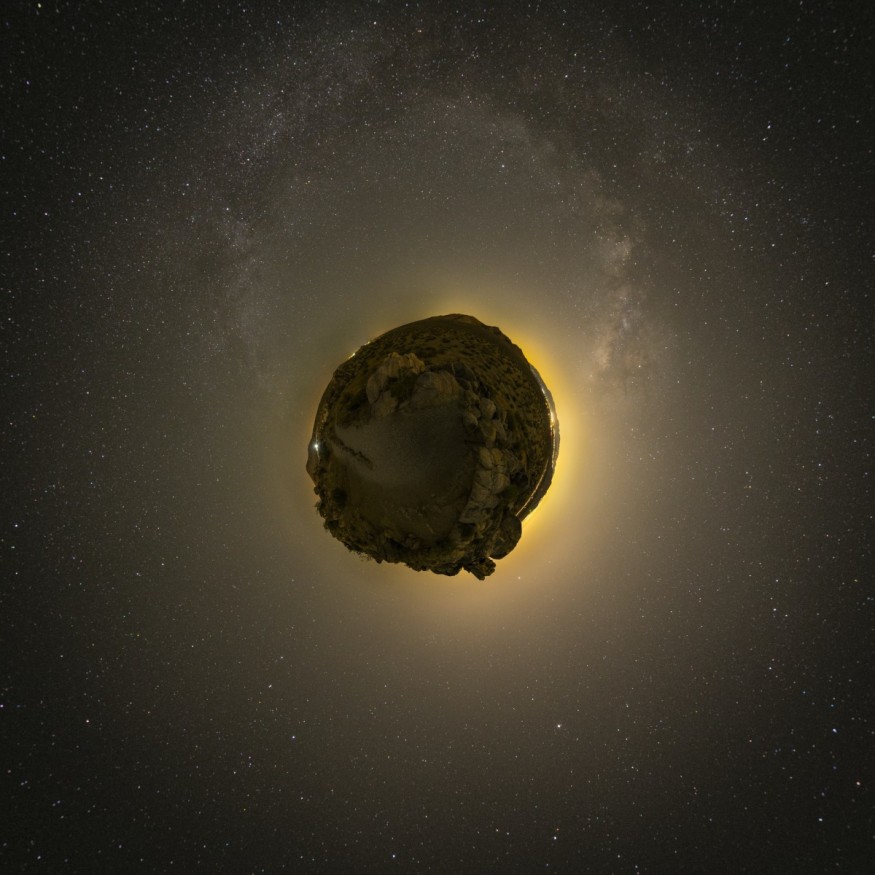

Asteroid 52768 will zoom in through Earth this month. NASA says this NEO is potentially dangerous as it is massive. However, they claim that it will leave the Earth unscathed as it dashes by on April 29. Scientists say the asteroid may be too bright to seen on a telescope, but you can see it live online via the Virtual Telescope Project.
Near-Earth Object
NEOs are asteroids and comets that have been prodded by the gravitational attraction to come close enough to Earth for NASA's automated systems to track their orbits. NASA calls it as such if it has a perihelion distance less than or equal to 1.3au.
One au, or astronomical unit, is the distance between Earth and the Sun, which is approximately 93 million miles (149.6 million km). NASA claims that 99 per cent of all identified NEOs are asteroids. Today's asteroids are residual bits and pieces from the initial cluster of the inner planets that include Mercury, Venus, Earth, and Mars.
Although the asteroid to come is "near" in the astronomical sense, worry not, as it can be very far away in human terms. The asteroid is expected to shoot by from a distance of 3.9 million miles (6.29 million km). In comparison, the space rock will be about 16 times more than the Moon is.
When is it Expected to Come?
The colossal asteroid called Asteroid 52768 (1998 OR2) is predicted to enter Earth's neighbourhood in the morning of April 29.
NASA assesses the asteroid to be racing around the Sun at speeds of roughly 8.7km per second or 19,461.3mph (31,320kmh). They also claim that it measures somewhere between 1.11 miles and 2.54 miles (1.8km and 4.1km) across.
Astronomers say, however, that the asteroid would be bright enough for small telescopes to pick up. On the night of its crossover to Earth, you may watch it live online through the Virtual Telescope Project. Astrophysicist, Gianluca Masi, already managed to take a sneak peek of the asteroid.
What Makes it Dangerous?
Space rocks can potentially be dangerous based on size and how close they encounter the Earth. According to NASA, an asteroid is potentially hazardous if it measures more than 492ft (150m) across and reaches Earth from within 4.6 million miles (7.5 million km).
There have been a few occurrences when asteroids came in contact with the Earth's surface. An example was when a meteorite exploded over Chelyabinsk, Russia leaving hundreds injured.
Another occured on December 18, 2018, when an asteroid darted through the atmosphere at a speed of 32km/s on a steep trajectory of seven degrees. It went largely unnoticed at the time and was only brought to attention a few months after because it blew up over the Bering Sea, off Russia's Kamchatka Peninsula.
NASA reports that nearly only a small number of near-Earth objects come close enough to Earth and are big enough to raise red flags. "In fact, as best as we can tell, no large object is likely to strike the Earth any time in the next several hundred years," they said in assurance.
© 2026 ScienceTimes.com All rights reserved. Do not reproduce without permission. The window to the world of Science Times.











